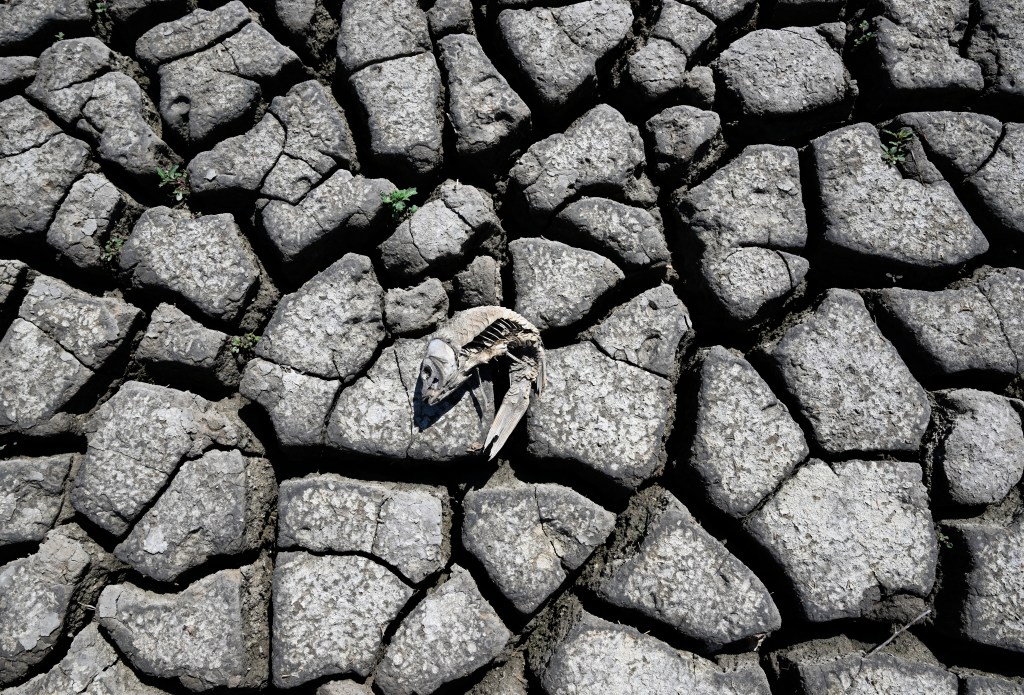Over a two-year period, an extreme drought in Colorado and much of the West dried up farmers’ fields, lowered water levels in reservoirs, fueled extreme wildfires and left flows dangerously low.
Historically, an exceptional drought like the one that hit the western US between 2020 and 2022 happened less than once every thousand years.
But warmer temperatures due to climate change could see similar megadroughts occur once every six years by the end of the century if people continue as usual, research shows published earlier this month in the journal Science Advances.
“Today’s droughts and the droughts of the future will not look like the droughts of the past,” said Joel Lisonbee, a scientist at the Cooperative Institute for Research in Environmental Sciences at the University of Colorado Boulder and with the National Oceanic and Atmospheric Administration and the National Integrated Drought Information System.
He and a team of other researchers from UCLA and NOAA wanted to know whether the megadrought that ravaged the West from 2000 to 2022 was a natural variation in the weather or fueled by climate change. They also delved deeper into the extreme drought that occurred between 2020 and 2022.
The findings? Higher temperatures due to climate change made conditions significantly worse.
Even if precipitation patterns do not change in the future, higher temperatures alone will lead to more droughts. According to the research, droughts will last longer, cover larger areas and become more extreme as the climate warms.
During the 2020 to 2022 drought, increased evaporation accounted for 61% of the severity in the West, while lack of precipitation accounted for 39%, the study said.
In Colorado, the drought of those years fueled the state’s three largest wildfires ever recorded burned more than 541,000 acres. Even after those fires were extinguished, environmental damage caused mudslides that blocked and caused Interstate 70 deadly flash floods.
Dry conditions helped fuel the 2021 Marshall Fire in Boulder County, even into December. It destroyed more than 1,000 homes and is considered the most destructive wildfire in state history.
Smoke from fires here and across the West has dropped air quality on the Front Range to some of the worst in the world on some days.
In 2020, every county in Colorado experienced severe drought. In 2021, Gov. Jared Polis has declared a state of emergency due to the drought affecting 21 provinces on the Western Slope.
“If that period had not been as hot as it is now, we would still have had a drought, but it would have been much less severe,” Lisonbee said.
Higher temperatures also created a cyclical feedback loop.
Warmer atmospheres can hold more water vapor before the water is released as rain or snow. So as the planet warms, more water will evaporate from the surface and stay in the atmosphere longer, reducing precipitation.
“This isn’t something you could build with bigger reservoirs or something you can prevent, because as the atmosphere gets warmer it’s just going to suck in more moisture everywhere,” said Rong Fu, professor of atmospheric and oceanic sciences at UCLA and the corresponding author of the study. “The only way to prevent this is to stop the temperature rise, which means we have to stop emitting greenhouse gases.”
Get more Colorado news by signing up for our Mile High Roundup email newsletter.
Originally published:

